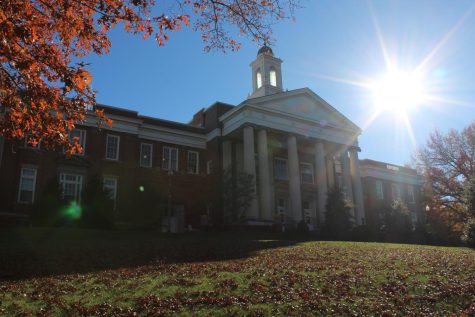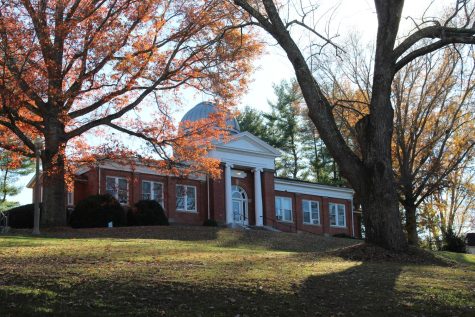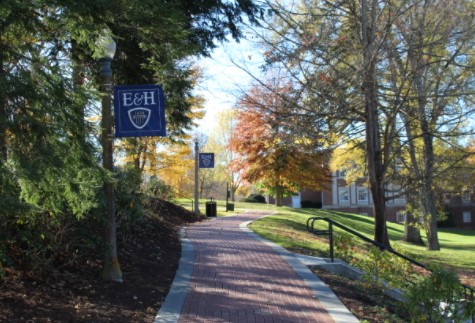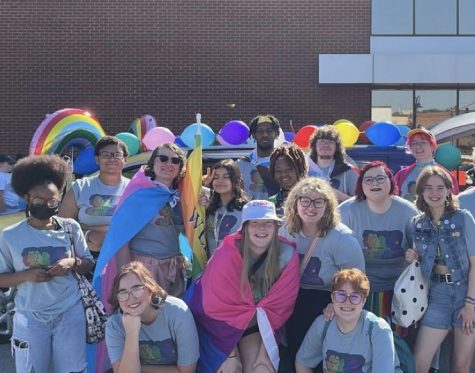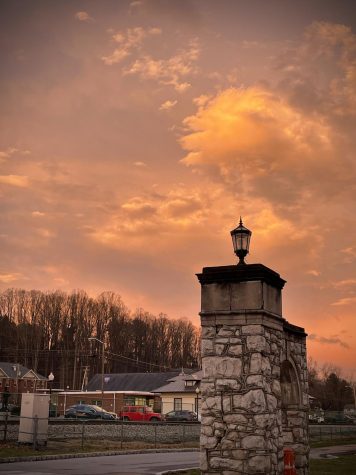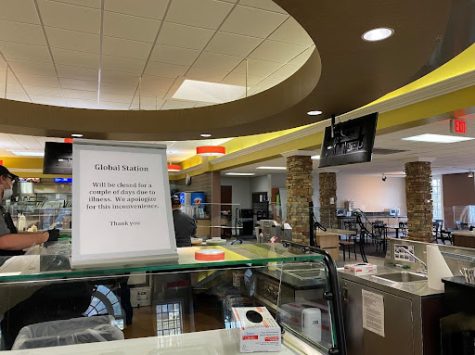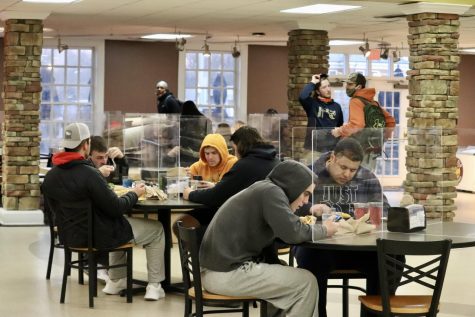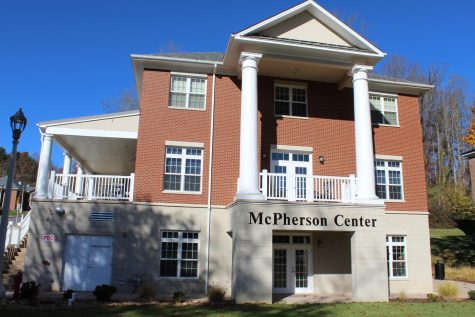Hate Crime Discovery: A Semiotic History with Ties to Today
With the recent discovery of a racially-charged hate crime on campus, specifically a swastika paired with a racial slur targeting the Black community, a brief explanation of the symbol itself emphasizes the severity of the issue.
The symbol that was engraved in a bathroom stall in Miller Hall has a long, complex history. Only within the last 90 years has the symbol become one of hatred and oppression.
The swastika’s earliest usage originated in the early Vedic period around 2500 B.C. It is an important symbol in the Hindu and Buddhist religions, symbolizing good luck and is also used in cleansing rituals to sanctify a location; additionally, its presence ushers peace and prosperity, according to hindupact.org.
However, the Nazi regime of World War II tainted the positive connotations of this symbol when Hitler appropriated the swastika, renaming it the “Hakenkreuz” or “Hooked Cross.” They also rotated the symbol by 45 degrees and removed the four dots within the swastika’s inner corners. These changes were made to promote Hitler’s myth of “Aryan supremacy,” which of course led to the deaths of an estimated 11 million people in concentration camps, and the attempted eradication of Jewish people and culture.
When paired with a racial slur targeting the Black community, some view the discovery of this hate crime as a harrowing indicator of hate on campus, in particular that of a white suppremacist origin like the Nazi regime supported.
The perpetrator of the hate crime has yet to be discovered, but at the recent anti-hate rally on March 21, many members of the campus community spoke in defiance of it, including Director of Campus Recreation Dylan Johnson.
“The reality is that E&H is in a part of the world where images, words, and thoughts that are very similar to the hate crime found are still very prevalent,” Johnson said at the rally. “I believe E&H has the opportunity to be a bright, shining light to the surrounding community.”



